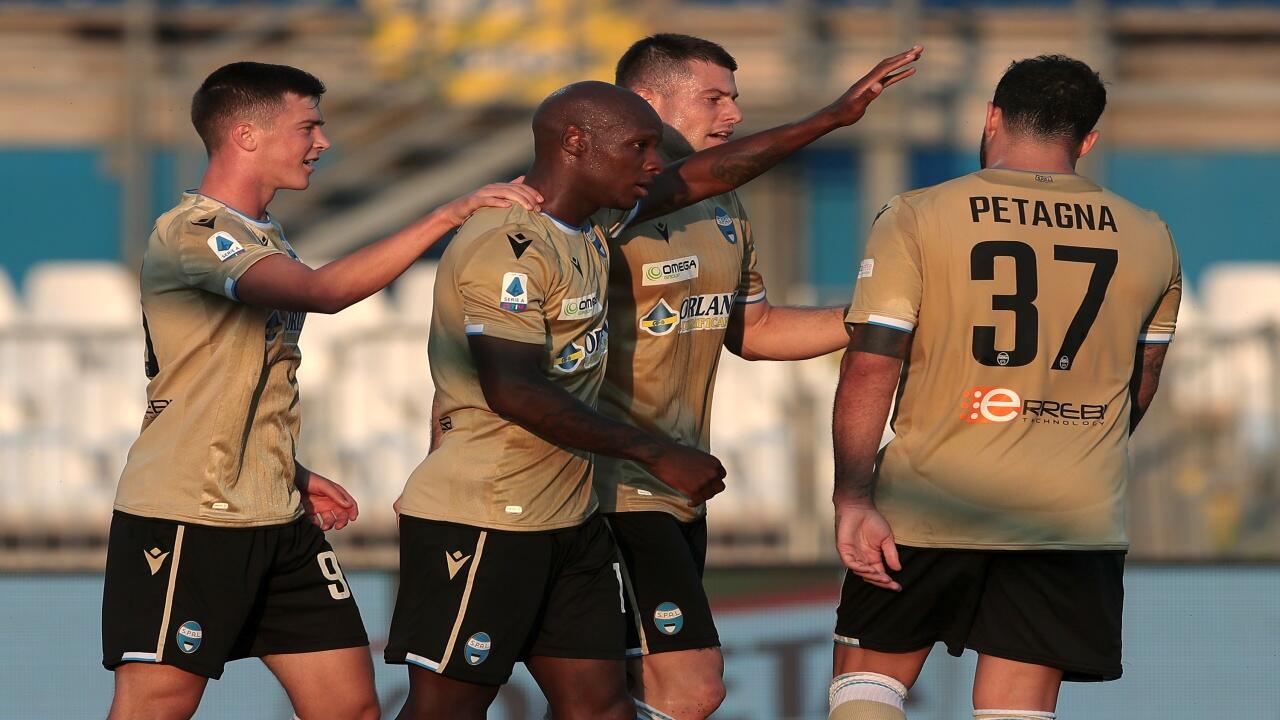

BOTTOM-UP FURLERSīottom-up furling systems work the same way that conventional headsail roller furling systems do. These sail handling systems will make your experience smoother and easier.
CODE ZERO VS GENOA FULL
Even if you are sailing with a full racing crew you will need to consider handling systems to hoist and douse your reaching and running sails. To furl or not to furl, that is the question. This is what allows the sail to perform in broad apparent wind angles.

When the sheet is eased, this area moves past the centerline and projects to windward. A running sail has a significant amount of area forward of the straight-line luff. As you design for wider apparent wind angles, this balance gradually changes, with more of the sail’s width shifted to the front end. For close apparent wind angles, the luff will be straight and any additional girth will be in the back end. The final variable to consider is the amount of area outside the straight-line luff and leech. As a sail is designed with a wider mid-girth, additional depth is necessary to support the area so that the sail will hold its shape and not flap at the edges. A flatter sail means closer apparent wind angles, and a fuller sail means broader angles. Overall depth is another important variable. Quantum’s AWA 40, 60, and 80 cover everything in-between. At the small end of the spectrum, a genoa will have a mid-girth of around 50 percent at the big end, a running asymmetrical spinnaker will have a mid-girth of over 100 percent. Bigger mid-girths equal wider apparent wind angles. The smaller the mid-girth, the more genoa-like the sail becomes and more capable at closer apparent wind angles. The next consideration is the girth of the sail halfway up this is known as the mid-girth. Too wide and short, and the sail won’t twist properly to achieve the right flying shape.

When a sail is too tall and skinny, it won’t be stable. The optimum foot length for any downwind sail is a function of aspect ratio or height (luff) versus width (foot). No matter what type of downwind sail you are building, you have to start with the correct aspect ratio for the boat’s rig proportions this is what dictates overall size. And because there is less surplus material along the leech, there is less backwinding of the mainsail, which creates less drag when sailing close to the wind.

The sail’s superior performance is the result of a straighter, more stable leech and a flatter exit, both contributing to an increase in drive in all conditions, but not overpowering the boat in heavy-air reaching. When the luff tension is eased, the luff is allowed to rotate forward shifting the center of effort and transforming the overall shape of the sail. Quantum’s XC reaching sails have more luff projection to weather and more twist (five to 10 degrees) compared to traditional reaching sails and other cable-less designs on the market. While not practical for all downwind sails, Quantum’s XC structured luff technology and designs are great for reaching applications like the AWA 40, 60, and 80, and are available in membrane or tri-radial construction to meet the needs of any sailor. This technology has been refined and enhanced to make it accessible to racers and cruisers alike. Quantum led the way in structured luff or cableless technology with the successful Maxi 72 Class. More than four years ago, racing sail designers began experimenting with ways to remove the traditional torsion cable used in the luff to not only enable furling reaching sails but also to reduce headstay sag and achieve superior performance in a wider range of angles, including upwind. This shared load dictates the amount of additional structure needed in the luff. A small cable enables the sail to be easily furled and unfurled and shares some of the load on the luff as well. Simply put, additional fiber and structure are added to the luff of the sail to take the place of a traditional, large torsional cable.



 0 kommentar(er)
0 kommentar(er)
